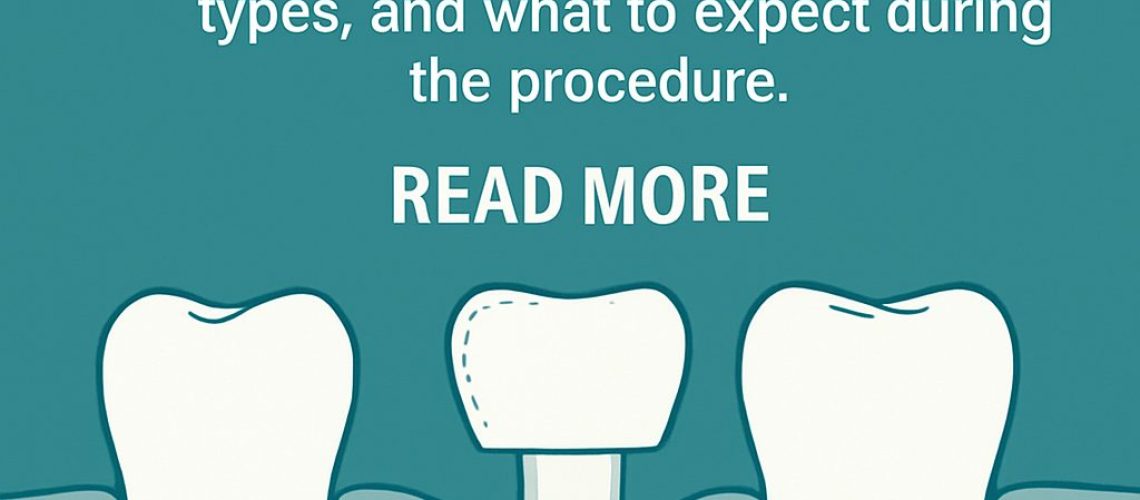Bone grafting for dental implants is a procedure that rebuilds jaw bone so implants have a strong place to anchor. It matters because implants need enough bone to be stable and long-lasting. This post explains what bone grafting is, how dentists decide you need it, common situations that require grafts, types of grafts, what to expect, healing time, risks, alternatives, costs, and how to get evaluated.
What is bone grafting for dental implants?
Bone grafting for dental implants replaces or adds bone where the jaw has shrunk or is too thin. Graft material acts like a scaffold so your own bone can grow into it. Once the graft turns into healthy bone, it can support one or more dental implants safely.
How do dentists determine if you need a bone graft?
Deciding on bone grafting for dental implants starts with an exam and images. Your dentist or surgeon looks for signs that the jaw lacks height or width to hold an implant and checks nearby nerves and sinuses.
Clinical signs
- Teeth missing for many years and a sunken jaw or collapsed bite
- Loose or thin gum tissue that shows the ridge is narrow
- History of failed extractions or infected sockets
- Visible jaw bone loss on clinical exam
Imaging and measurements
CBCT scans and digital planning tools measure bone width, height, and density. These scans show the exact position of nerves and the sinus floor so the surgeon can plan safe implant placement. In the Dallas–Fort Worth area, many specialists use CBCT to assess the need for bone grafting for dental implants in detail.
Common scenarios that often require grafting
Grafting is commonly needed when:
- Single-tooth gaps have thin or inadequate bone
- Teeth were missing a long time and bone has resorbed
- An extraction site is infected or collapsed
- Preparing the jaw for full-arch implants or bridges
Types of bone grafts and materials
Grafts can come from different sources. Choices depend on the size of the defect, your health, and the surgeon’s plan.
- Autograft: Your own bone, taken from another site. High success but requires a second surgical site.
- Allograft: Donor human bone processed for safety. No second surgery and commonly used.
- Xenograft: Animal-derived bone (usually bovine) used as a scaffold.
- Synthetic bone: Man-made materials that support bone growth.
- Biologic additives (PRF): Platelet-rich fibrin from your blood can speed healing and improve graft integration.
What to expect during the bone grafting procedure
Most grafts follow similar steps: consultation and CBCT imaging, cleaning the site if needed, placing the graft material, securing it with membranes or small screws, and closing the tissue. Some grafts happen at the time of tooth extraction. Other grafts are done in a separate procedure before implant placement. Local anesthesia, sedation, or IV anesthesia may be used for comfort.
Healing timeline and when implants can be placed
Healing time varies. Small grafts may integrate in 3 months. Larger grafts or sinus lifts often need 4–6 months or longer. Factors like smoking, diabetes, and overall health can slow healing. Digital tools and follow-up scans show when the graft is ready for implant placement.
Recovery, risks, and success rates
After grafting you can expect mild swelling, soreness, and some bruising for a few days to a week. Follow-up care includes antibiotics, soft diet, and avoiding pressure on the area. Risks include infection, graft failure, or delayed healing. When done by experienced surgeons, grafts have high success rates and reliably support later implants.
Alternatives to bone grafting
If grafting is not ideal, alternatives may be considered:
- Short implants that fit in limited bone — less invasive but not always an option
- Angled implants or zygomatic implants for the upper jaw in severe bone loss
- Ridge expansion to widen a narrow jaw ridge
- Removable dentures or implant-supported overdentures as non-surgical options
Each alternative has trade-offs in stability, cost, and long-term predictability.
Cost and insurance considerations
Costs vary by graft size, material, need for sedation, and additional imaging. Small grafts are less expensive than large block grafts or sinus lifts. Many dental plans limit coverage for grafting; medical insurance sometimes helps if the graft is linked to a medically necessary procedure. Financing and payment plans are common at specialty centers.
About Texas Center for Oral Surgery & Dental Implants
Texas Center for Oral Surgery & Dental Implants serves the Dallas–Fort Worth Metroplex with board-certified oral surgeons. The practice offers on-site CBCT, PRF, a digital lab, and dynamic guidance to plan and place grafts and implants precisely. Surgeons provide IV sedation when needed and combine modern tools with years of surgical experience.
Next steps: getting evaluated for bone grafting for dental implants
If you think you need bone grafting for dental implants in Dallas–Fort Worth, bring your medical history and any recent X-rays to your consult. Expect a clinical exam, a CBCT scan, and a clear treatment plan with timelines and costs. To schedule an evaluation, contact a board-certified oral surgeon who offers digital planning and grafting options in the Dallas–Fort Worth area.

